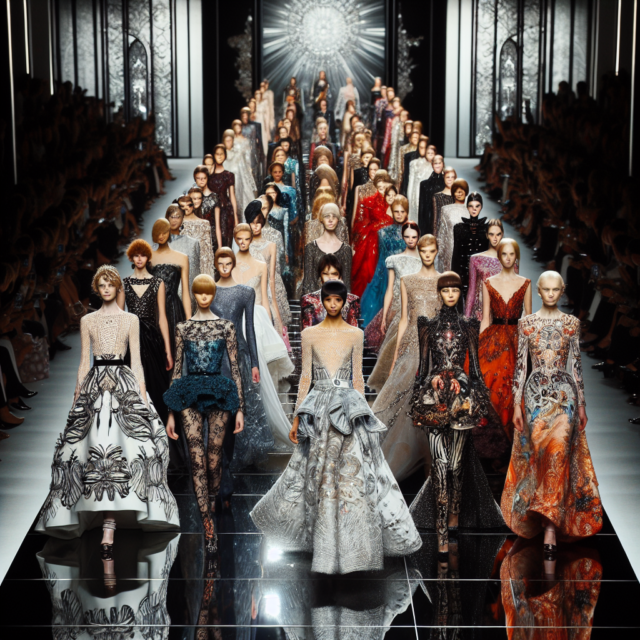Exploring the Future Digital Faces of Fashion
The fashion industry, long celebrated for its creativity and innovation, is experiencing a transformative evolution as it embraces the digital age. With technology becoming an integral part of the design, production, and retail processes, the future of fashion is being reimagined in unprecedented ways. This article delves into the digital faces of fashion, exploring how technology is intersecting with design, the innovations poised to shape the industry, and the digital transformation of retail and beyond.
The Intersection of Technology and Fashion Design
The confluence of technology and fashion design represents a groundbreaking shift in how clothing is conceptualized and created. Designers are increasingly leveraging digital tools to push the boundaries of creativity and efficiency. Computer-aided design (CAD) software allows designers to visualize and modify their creations in a virtual space, significantly reducing the time from concept to realization. This technological integration is not only enhancing design precision but also enabling more sustainable practices by minimizing fabric waste.
Moreover, 3D printing is emerging as a revolutionary force in fashion design. This technology enables designers to experiment with complex structures and materials that were previously unattainable. By printing garments and accessories layer by layer, 3D printing allows for unprecedented customization and personalization. Designers can create intricate patterns and textures that were once the realm of imagination, opening up new avenues for artistic expression.
Virtual and augmented reality are also making significant inroads into the design process. With virtual reality (VR), designers can step into a fully immersive digital environment where they can test and refine their ideas. This not only enhances the creative process but also facilitates collaboration across geographical boundaries. Augmented reality (AR), on the other hand, allows designers to overlay digital elements onto the physical world, providing a new dimension to fashion shows and exhibitions.
Artificial intelligence (AI) is another pivotal technology reshaping fashion design. AI-powered tools can analyze vast amounts of data to predict trends and consumer preferences, enabling designers to create collections that resonate with their audience. Machine learning algorithms can also assist in generating design ideas, offering suggestions based on historical data and current trends. This symbiosis of human creativity and machine intelligence is poised to redefine the design landscape.
The intersection of technology and fashion design is also fostering inclusivity and accessibility. Digital platforms and tools enable designers from diverse backgrounds to share their work with a global audience, democratizing the industry. Furthermore, adaptive technologies are being used to create clothing that caters to individuals with disabilities, ensuring that fashion is accessible to all. As technology continues to evolve, the possibilities for innovation in fashion design are limitless.
In conclusion, the integration of technology into fashion design is revolutionizing the industry. From CAD software and 3D printing to virtual and augmented reality, these tools are empowering designers to explore new frontiers of creativity and sustainability. As we move forward, the synergy between technology and fashion design will continue to shape the future of the industry, offering exciting possibilities for designers and consumers alike.
Innovations Shaping Tomorrow’s Fashion Industry
The fashion industry is on the cusp of a technological revolution, with innovations poised to reshape its future. One of the most impactful developments is the rise of smart textiles. These fabrics are embedded with electronic components that can monitor health metrics, change color, or even adapt to environmental conditions. Smart textiles are not only enhancing the functionality of clothing but also opening up new possibilities for fashion-tech collaborations.
Another transformative innovation is the use of blockchain technology in fashion. Blockchain offers a transparent and immutable ledger system that can be used to track the entire lifecycle of a garment, from raw material sourcing to production and sale. This transparency is crucial for ensuring ethical and sustainable practices in the industry. Consumers can verify the authenticity and origin of their purchases, fostering trust and accountability.
The concept of circular fashion is gaining traction as a response to the environmental challenges faced by the industry. Innovations in recycling and upcycling are enabling the creation of garments from post-consumer waste, reducing the reliance on virgin materials. Technologies such as chemical recycling and fabric regeneration are making it possible to transform discarded clothing into new, high-quality textiles, promoting a more sustainable and circular economy.
Virtual fashion is another emerging trend that is gaining momentum. Digital-only garments and accessories, created using 3D design software, are being sold and worn in virtual environments. This innovation is driven by the rise of virtual worlds and social media platforms where digital fashion can be showcased. Virtual fashion offers a sustainable alternative to physical clothing, reducing waste and resource consumption while allowing for limitless creativity.
Artificial intelligence is also playing a crucial role in shaping the future of fashion. AI-driven personalization is enhancing the shopping experience by offering tailored recommendations based on individual preferences and behaviors. Additionally, AI is being used to optimize supply chains, predict demand, and manage inventory, resulting in more efficient and sustainable business practices.
In summary, the innovations shaping tomorrow’s fashion industry are diverse and dynamic. From smart textiles and blockchain to circular fashion and virtual garments, these technologies are redefining the boundaries of what is possible. As the industry continues to evolve, these innovations will play a pivotal role in driving sustainability, creativity, and consumer engagement, paving the way for a more forward-thinking and resilient fashion landscape.
Digital Transformation in Fashion Retail and Beyond
The digital transformation of fashion retail is revolutionizing the way consumers interact with brands and make purchasing decisions. E-commerce platforms have become a central component of the retail landscape, offering consumers convenience and access to a vast array of products. The rise of mobile shopping apps has further amplified this trend, enabling consumers to shop from anywhere at any time. As a result, brick-and-mortar stores are evolving to offer unique, immersive experiences that complement the online shopping journey.
One of the most significant aspects of digital transformation in retail is the integration of augmented reality (AR) and virtual reality (VR) technologies. AR applications allow consumers to visualize how clothing will look on them without trying it on physically. Virtual fitting rooms and AR mirrors are becoming increasingly popular, providing a seamless and interactive shopping experience. VR, on the other hand, is being used to create virtual stores and fashion shows, offering consumers an immersive way to explore collections and engage with brands.
The use of data analytics is also transforming the retail landscape. Retailers are leveraging data to gain insights into consumer preferences and behaviors, enabling them to offer personalized recommendations and targeted marketing. Predictive analytics is being used to anticipate trends and optimize inventory management, ensuring that the right products are available at the right time. This data-driven approach is enhancing customer satisfaction and driving sales growth.
Social media platforms have become powerful tools for fashion retailers, providing a direct channel to engage with consumers and build brand loyalty. Influencer marketing and user-generated content are key components of social media strategies, helping brands reach new audiences and create authentic connections. Additionally, the rise of social commerce is blurring the lines between social media and e-commerce, allowing consumers to shop directly from their favorite platforms.
Sustainability is increasingly becoming a focal point in the digital transformation of fashion retail. Brands are using technology to promote transparency and traceability in their supply chains, enabling consumers to make informed choices. Digital platforms are also facilitating the resale and rental markets, offering sustainable alternatives to fast fashion. As consumers become more conscious of their environmental impact, retailers are adapting to meet the demand for sustainable practices.
In conclusion, the digital transformation of fashion retail is reshaping the industry in profound ways. From e-commerce and AR/VR technologies to data analytics and social media, these digital tools are enhancing the consumer experience and driving business growth. As the industry continues to adapt to the digital age, the focus on sustainability and innovation will be key to staying competitive and meeting the evolving needs of consumers.
The future digital faces of fashion are being molded by the intersection of technology and creativity, heralding a new era of innovation and transformation. As the industry embraces these advancements, designers, retailers, and consumers alike are poised to benefit from the enhanced possibilities and experiences they offer. From the design studio to the retail space, the digital evolution of fashion is setting the stage for a more sustainable, inclusive, and dynamic future. As we look ahead, the continued integration of technology will be instrumental in shaping the fashion landscape, ensuring it remains vibrant and relevant in the ever-changing digital age.









 This glass tower reaches 40 floors above the city’s bustling traffic. The top half of the building represents the hotel rooms and suites. The bottom half has private residences that are among the city’s newest and finest.
This glass tower reaches 40 floors above the city’s bustling traffic. The top half of the building represents the hotel rooms and suites. The bottom half has private residences that are among the city’s newest and finest. The 40th floor wet deck is home to the infinity edge pool, which has plenty of cushioned lounge chairs. Views are among the best from up here, which is also home to the hotel’s popular L40 restaurant and lounge. DJs often entertain at night when the drinks start flowing.
The 40th floor wet deck is home to the infinity edge pool, which has plenty of cushioned lounge chairs. Views are among the best from up here, which is also home to the hotel’s popular L40 restaurant and lounge. DJs often entertain at night when the drinks start flowing. Take a look around the lobby on the 24th floor (it’s actually called a lounge). The furnishings bear different fabrics and design materials, all the handiwork of creative Brazilians. Mis-matched chairs add color and energy to the bar, which serves pastries and coffee during the day and izakaya-style fare, tasty cocktails and dozens (and dozens) of Japanese whiskey options.
Take a look around the lobby on the 24th floor (it’s actually called a lounge). The furnishings bear different fabrics and design materials, all the handiwork of creative Brazilians. Mis-matched chairs add color and energy to the bar, which serves pastries and coffee during the day and izakaya-style fare, tasty cocktails and dozens (and dozens) of Japanese whiskey options. Dim hallways continue the theme of Brazilian colors and jungle-like leaves. The rooms show off even more creativity. It starts with W’s famous bed crafted by a pillowtop bed, enormous plush pillows and a white duvet. USB ports of all types are on either side of the bed.
Dim hallways continue the theme of Brazilian colors and jungle-like leaves. The rooms show off even more creativity. It starts with W’s famous bed crafted by a pillowtop bed, enormous plush pillows and a white duvet. USB ports of all types are on either side of the bed. Suites have soaking tubs in the living area. All rooms benefit from minibars stocked with Brazilian snacks and massive flat-screen TVs that swivel. Coming soon (they were still under wraps during our visit) are the top suites like the E-Wow version, which is sure to be perfect for entertaining.
Suites have soaking tubs in the living area. All rooms benefit from minibars stocked with Brazilian snacks and massive flat-screen TVs that swivel. Coming soon (they were still under wraps during our visit) are the top suites like the E-Wow version, which is sure to be perfect for entertaining. Baio is the main restaurant serving three meals a day. It starts with a decadent breakfast spread that has the ripest fruits, an array of juices and smoothies, hot and cold dishes, and of course, famous Brazilian cheese bread passed around by staff. An a la carte menu includes bespoke eggs benedict recipes, melt-in-your-mouth Brazilian tapioca plates and acai bowls.
Baio is the main restaurant serving three meals a day. It starts with a decadent breakfast spread that has the ripest fruits, an array of juices and smoothies, hot and cold dishes, and of course, famous Brazilian cheese bread passed around by staff. An a la carte menu includes bespoke eggs benedict recipes, melt-in-your-mouth Brazilian tapioca plates and acai bowls. Come evening, the menu continues the regional flair and takes in the splashy views from the 23rd floor. Just around the corner is yet another cocktail bar (W is all about entertainment and fun, right?). The menu here differs in that it incorporates more foodie flavors in its mixology recipes. Expect local veggies and fruits to dominate the palate. There are also creative mocktails that are becoming increasingly popular in the city.
Come evening, the menu continues the regional flair and takes in the splashy views from the 23rd floor. Just around the corner is yet another cocktail bar (W is all about entertainment and fun, right?). The menu here differs in that it incorporates more foodie flavors in its mixology recipes. Expect local veggies and fruits to dominate the palate. There are also creative mocktails that are becoming increasingly popular in the city. All of this is the result of an impressive culinary team representing the city’s best chefs under the aegis of the director of food and beverage that came to the hotel from W Bogota. He brings a touch of magic and creativity that inspires the chef team and the serving staff (just wait until you see his mixology ideas for the bar).
All of this is the result of an impressive culinary team representing the city’s best chefs under the aegis of the director of food and beverage that came to the hotel from W Bogota. He brings a touch of magic and creativity that inspires the chef team and the serving staff (just wait until you see his mixology ideas for the bar). Once considered the edge of town, this is the new downtown and financial center of the city as South America’s largest metropolis continues to balloon. Office towers for banks and tech companies like Google and Netflix are next door. Also adjacent to the hotel are beautiful manicured parks and gardens. Dozens of restaurants are within walking distance. Just across the street: one of the city’s two major fashion malls with every high-end brand (and a food court that is hard to beat).
Once considered the edge of town, this is the new downtown and financial center of the city as South America’s largest metropolis continues to balloon. Office towers for banks and tech companies like Google and Netflix are next door. Also adjacent to the hotel are beautiful manicured parks and gardens. Dozens of restaurants are within walking distance. Just across the street: one of the city’s two major fashion malls with every high-end brand (and a food court that is hard to beat). Another draw that is sure to attract hotel guests and locals is the spa, which will have three treatment rooms. The staff used local ingredients and recipes to design the treatments’ oils and creams.
Another draw that is sure to attract hotel guests and locals is the spa, which will have three treatment rooms. The staff used local ingredients and recipes to design the treatments’ oils and creams. It is clear from the moment you arrive that the staff are proud of this new W opening. They don designer uniforms and are eager to show off every corner of the hotel’s chic public areas. Working at the W is as sought after as staying at one; it’s a hospitality symbol that you’re cool. And this team is cool.
It is clear from the moment you arrive that the staff are proud of this new W opening. They don designer uniforms and are eager to show off every corner of the hotel’s chic public areas. Working at the W is as sought after as staying at one; it’s a hospitality symbol that you’re cool. And this team is cool. The door staff and security team greet guests with a smile and point travelers to nearby attractions. If you are sitting in one of the lounges, someone is sure to come and greet you with a glass of water and offer something from the bar menu. They might even strike up a conversation to ask how your day is or if you are interested in learning about the Brazilian designers that crafted most of the furnishings.
The door staff and security team greet guests with a smile and point travelers to nearby attractions. If you are sitting in one of the lounges, someone is sure to come and greet you with a glass of water and offer something from the bar menu. They might even strike up a conversation to ask how your day is or if you are interested in learning about the Brazilian designers that crafted most of the furnishings.

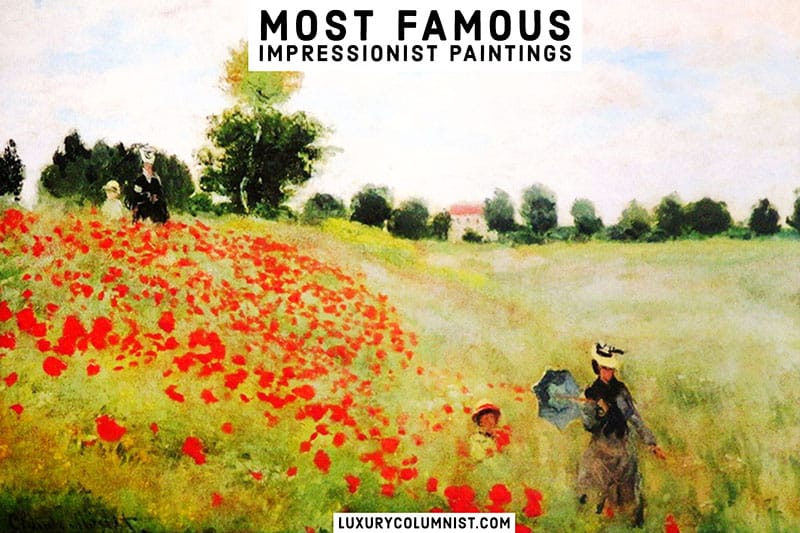


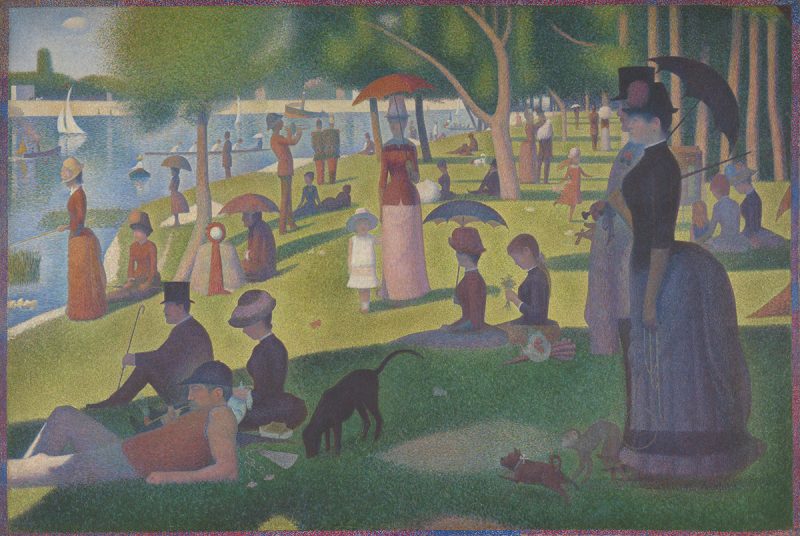

















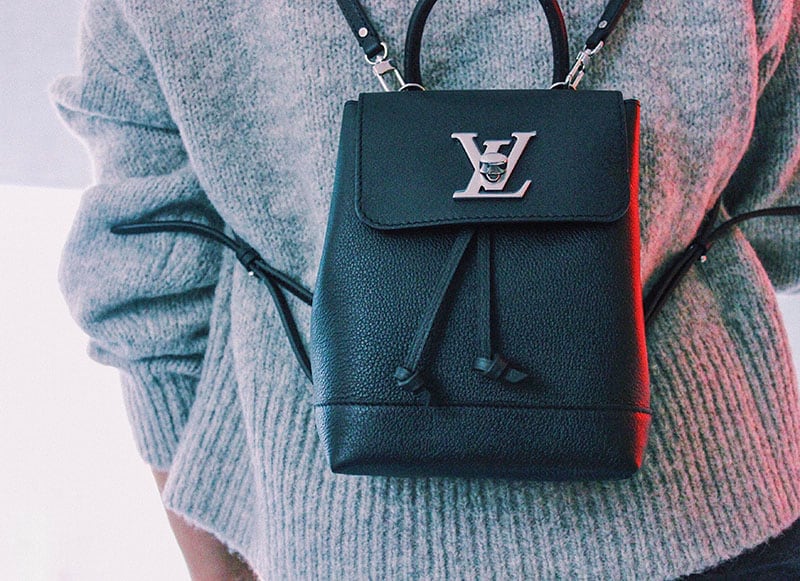
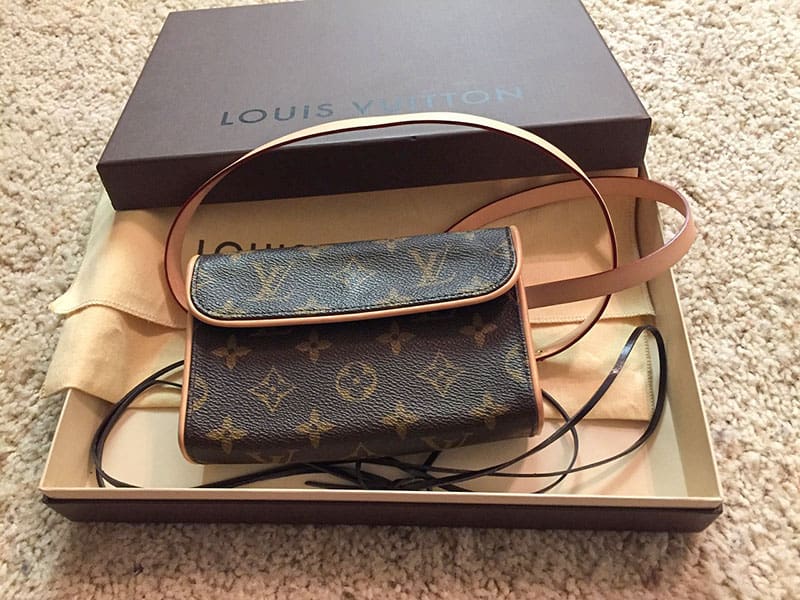

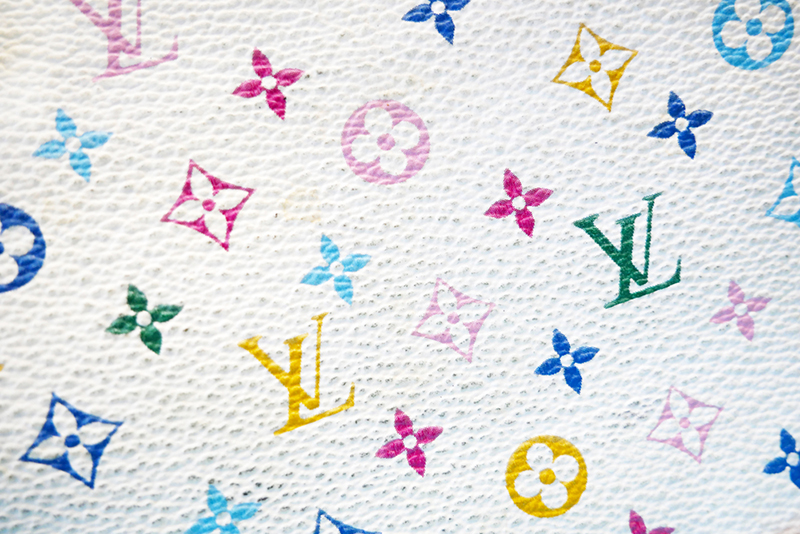



 Hardwood floors have colorful area rugs. Tucked in one corner are the wide desks with international power outlets. Each floor has a corner suite with separate living room and half bath. Otherwise, the rooms vary in size. Standard rooms have shower-only baths while slightly larger ones have both a tub and shower. Those bathrooms benefit from windows that look out to the bedroom (with privacy shutters) so as to allow natural light.
Hardwood floors have colorful area rugs. Tucked in one corner are the wide desks with international power outlets. Each floor has a corner suite with separate living room and half bath. Otherwise, the rooms vary in size. Standard rooms have shower-only baths while slightly larger ones have both a tub and shower. Those bathrooms benefit from windows that look out to the bedroom (with privacy shutters) so as to allow natural light. The water pressure in showers is exceptional, the perfect way to wash away any jet lag. The top suites, which have hosted everyone from diplomats and corporate executives to celebrities like Taylor Swift, are also popular for entertaining.
The water pressure in showers is exceptional, the perfect way to wash away any jet lag. The top suites, which have hosted everyone from diplomats and corporate executives to celebrities like Taylor Swift, are also popular for entertaining. Neto is the main restaurant that serves three meals a day starting with a lovely breakfast spread. Different stations show off tropical fruit, housemade pastries, a hot area with pancakes, eggs and bacon (and most importantly the famous Brazilian cheese bread), and a selection of smoothies. An a la carte menu includes omelets, tapiocas and a variety of sweet dishes.
Neto is the main restaurant that serves three meals a day starting with a lovely breakfast spread. Different stations show off tropical fruit, housemade pastries, a hot area with pancakes, eggs and bacon (and most importantly the famous Brazilian cheese bread), and a selection of smoothies. An a la carte menu includes omelets, tapiocas and a variety of sweet dishes. For lunch, the hotel hosts area business people looking for an executive lunch that takes no more than an hour. Prix-fixe choices of Brazilian and international fare have become very popular during lunch hour. The same people often return for drinks at the bar after work.
For lunch, the hotel hosts area business people looking for an executive lunch that takes no more than an hour. Prix-fixe choices of Brazilian and international fare have become very popular during lunch hour. The same people often return for drinks at the bar after work. All of this is in addition to the catering provided to meetings and events. Spacious ballrooms and board rooms with natural light are one level above the lobby. A curvaceous red staircase (the stuff of Instagram-quality photos) leads guests there.
All of this is in addition to the catering provided to meetings and events. Spacious ballrooms and board rooms with natural light are one level above the lobby. A curvaceous red staircase (the stuff of Instagram-quality photos) leads guests there. Named Caju (cashew in Portuguese), the history and story of this famous local nut weaves its way through the garden-to-glass cocktail menu. Guests can ask the bartenders to show how the caju nut produces a tasty juice and also incorporates into the drinks here.
Named Caju (cashew in Portuguese), the history and story of this famous local nut weaves its way through the garden-to-glass cocktail menu. Guests can ask the bartenders to show how the caju nut produces a tasty juice and also incorporates into the drinks here. Ask to try one of the many Brazilian wine offerings on the menu. In fact, the Terrazas de Los Andes winery, which belongs to the LVMH’s luxury portfolio, has a partnership with the hotel to serve an intimate, wine pairing dinner with a specially curated menu.
Ask to try one of the many Brazilian wine offerings on the menu. In fact, the Terrazas de Los Andes winery, which belongs to the LVMH’s luxury portfolio, has a partnership with the hotel to serve an intimate, wine pairing dinner with a specially curated menu. The second floor features the indoor-outdoor infinity pool overlooking the river. It’s a lovely space to relax after a day of work. On the other end of the floor is the well-equipped fitness center with the latest equipment and plenty of natural light.
The second floor features the indoor-outdoor infinity pool overlooking the river. It’s a lovely space to relax after a day of work. On the other end of the floor is the well-equipped fitness center with the latest equipment and plenty of natural light. The JW Spa is a respite tucked away into a corner of the hotel. Guests receive welcome trays of tea and herbal elixirs before being ushered to relaxation areas. There, steam rooms and saunas await. Several treatment rooms offer a variety of massages and beauty services that use Brazilian ingredients.
The JW Spa is a respite tucked away into a corner of the hotel. Guests receive welcome trays of tea and herbal elixirs before being ushered to relaxation areas. There, steam rooms and saunas await. Several treatment rooms offer a variety of massages and beauty services that use Brazilian ingredients. Luxury travelers familiar with the JW brand will recognize a lot of what is on offer here. For example, a lovely terrace off the lobby features a wall sprouting all kinds of herbs that the culinary and mixology team can use. A gushing fountain drowns out any traffic noise making this JW Garden (a staple at all JW Marriotts) a great place to work.
Luxury travelers familiar with the JW brand will recognize a lot of what is on offer here. For example, a lovely terrace off the lobby features a wall sprouting all kinds of herbs that the culinary and mixology team can use. A gushing fountain drowns out any traffic noise making this JW Garden (a staple at all JW Marriotts) a great place to work. Up on the 12th floor is the executive lounge with designer furnishings and plenty of work space. It is a space where guests that book club-level rooms or with top-tier Marriott Bonvoy status enjoy access. Throughout the day, it offers complimentary breakfast, all-day refreshments like salads, nuts and pastries, and an evening happy hour with a hot and cold buffet.
Up on the 12th floor is the executive lounge with designer furnishings and plenty of work space. It is a space where guests that book club-level rooms or with top-tier Marriott Bonvoy status enjoy access. Throughout the day, it offers complimentary breakfast, all-day refreshments like salads, nuts and pastries, and an evening happy hour with a hot and cold buffet. Elite status members receive welcome gifts like snack trays or bonus points, premium Wi-Fi and even room upgrades. If you are new to Bonvoy, you’re still in luck. The staff can sign up members, and they often go the extra mile to remember guest names or look up interesting tourist or dining options around the area.
Elite status members receive welcome gifts like snack trays or bonus points, premium Wi-Fi and even room upgrades. If you are new to Bonvoy, you’re still in luck. The staff can sign up members, and they often go the extra mile to remember guest names or look up interesting tourist or dining options around the area.





















